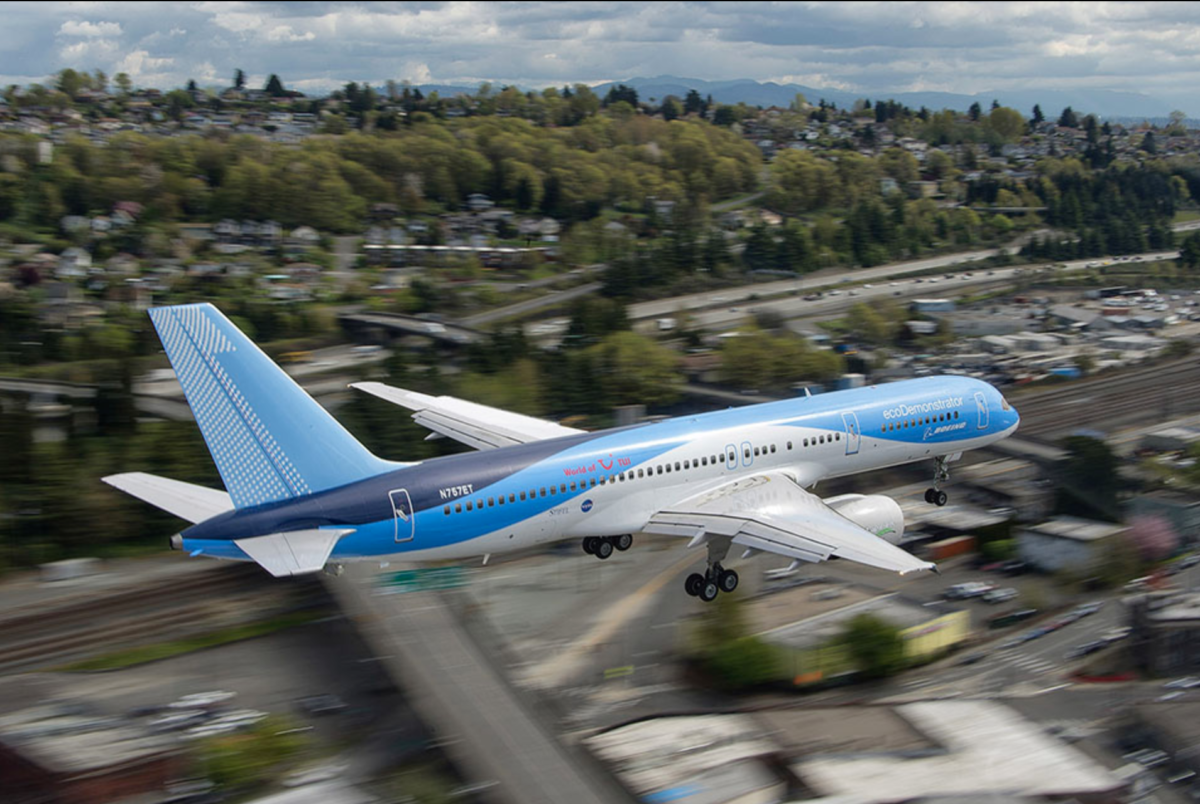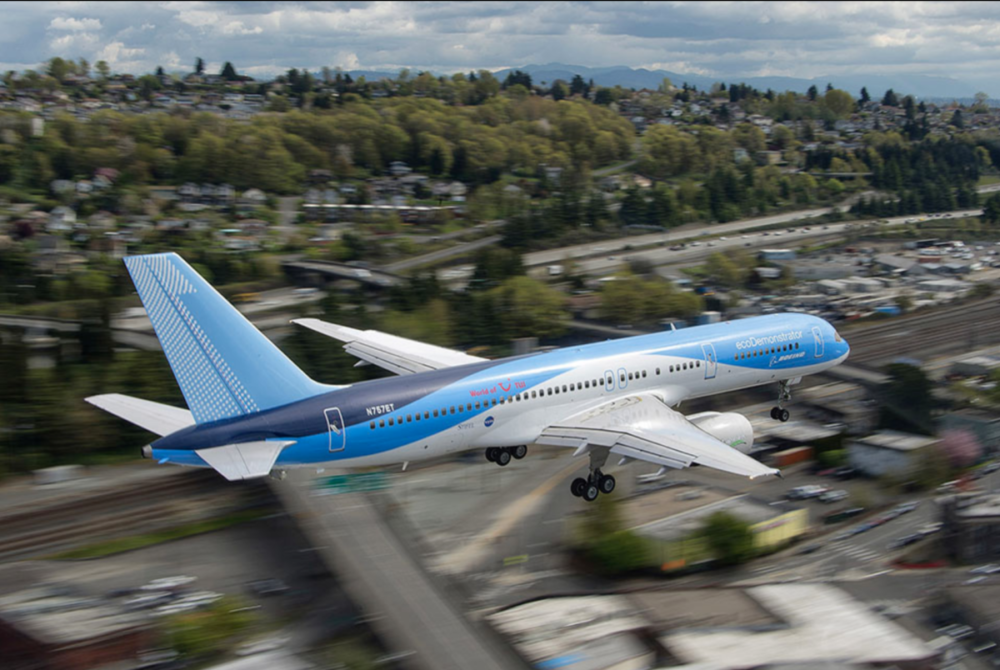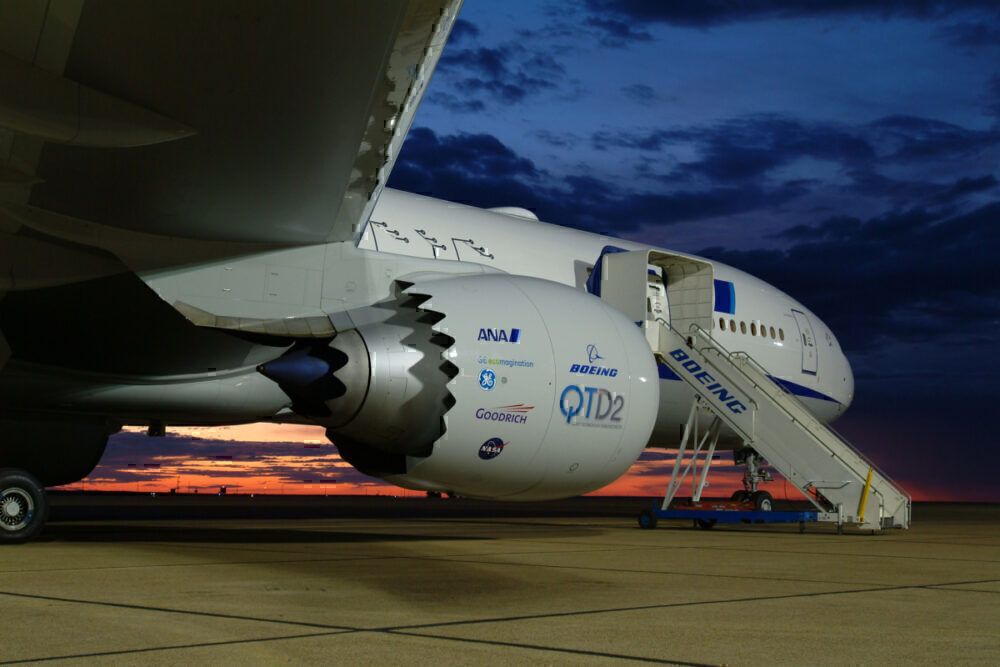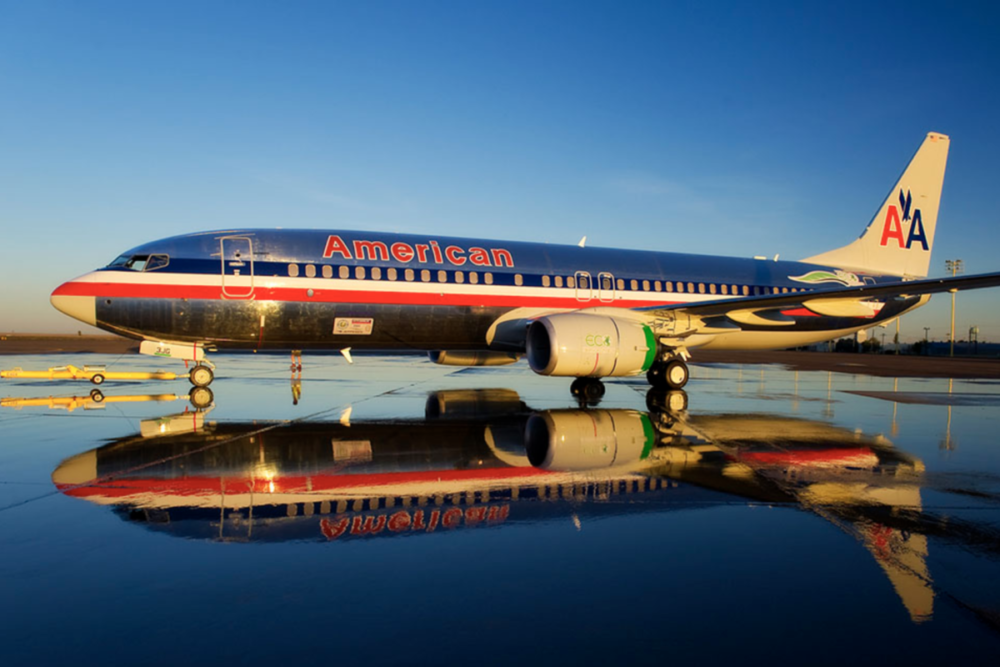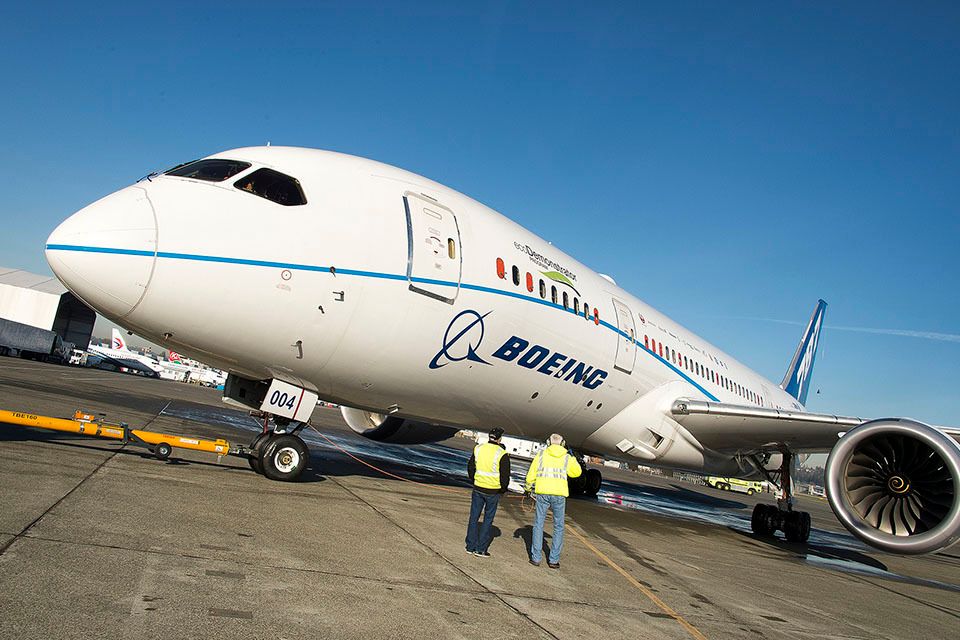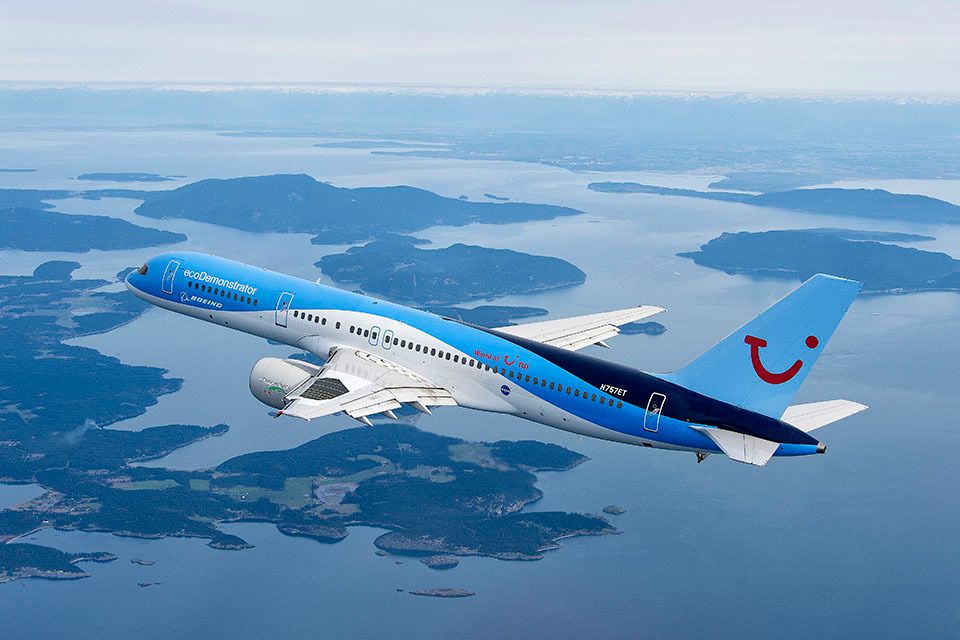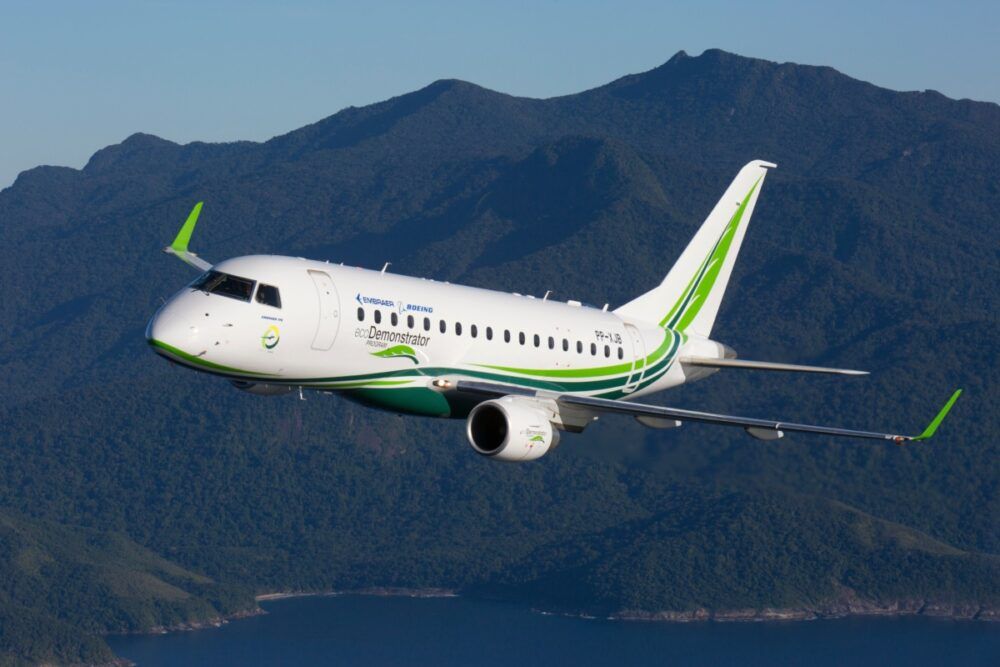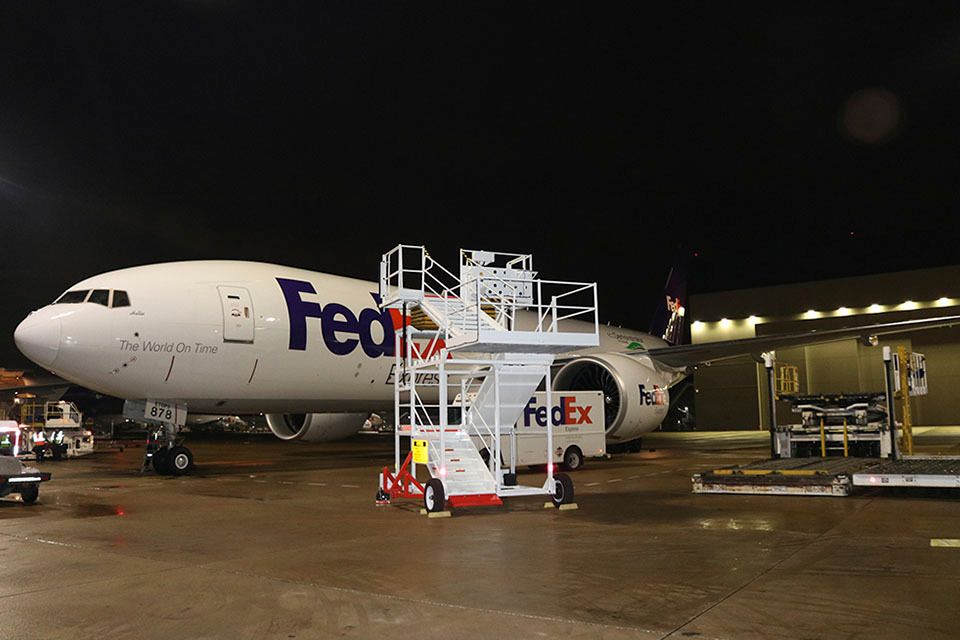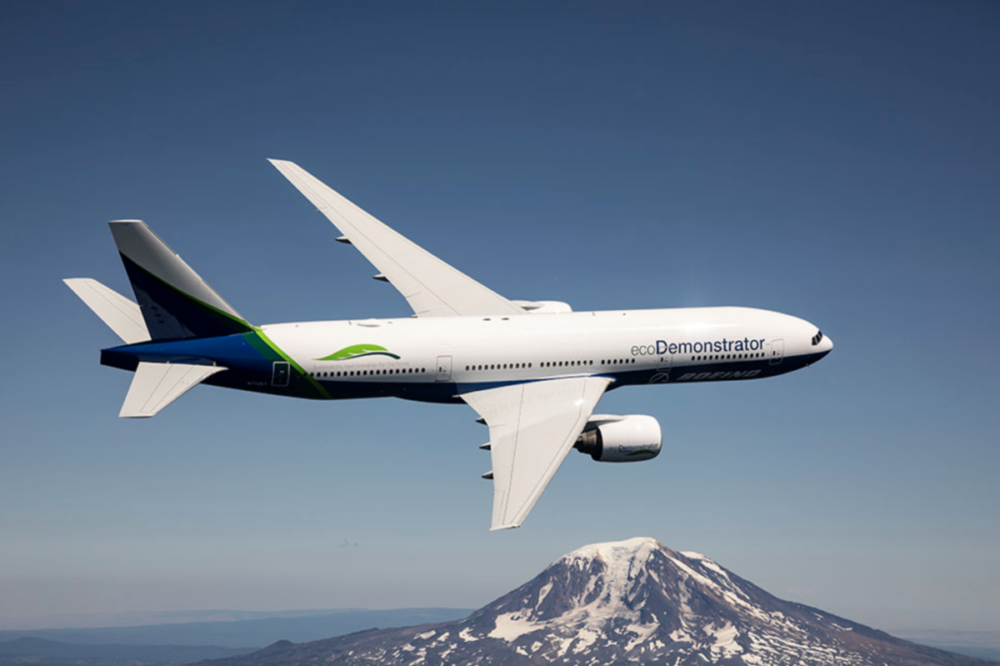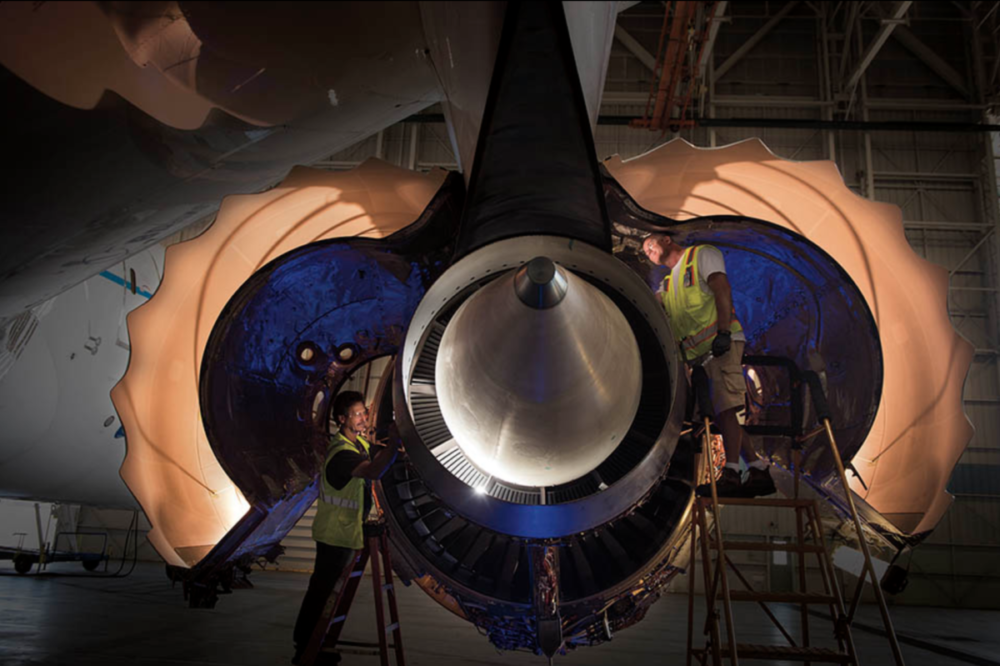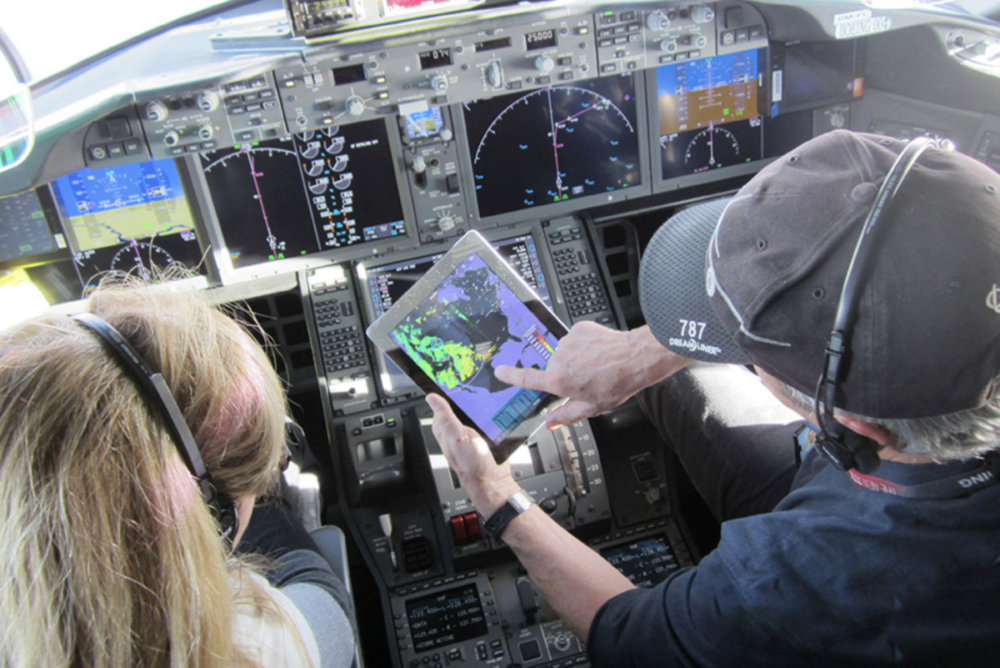The aviation world is abuzz with news of Boeing's brand new ecoDemonstrator. The 787-10 Dreamliner is eventually headed for Etihad Airways and will be fitted out with a plethora of sensors designed to help test out new technology. Right now, Boeing is flight testing the Dreamliner ahead of delivery, getting it all set to be delivered to the Middle East airline.
The Etihad 787 was announced as the latest ecoDemonstrator for the US manufacturer at this year's virtual Farnborough International Airshow. It will be used to test out various sustainability technologies, including nose to tail connectivity, as well as methods of improving hygiene and even noise reduction.
However, this is not the first ecoDemonstrator to be put into service by Boeing. Indeed, the planemaker has been using its aircraft for real-world testing of new tech for almost a decade. Here's a brief history of the ecoDemonstrator program and the aircraft used by Boeing.
Stay informed: Sign up for our daily aviation news digest.
The origins of the program
The ecoDemonstrator program was first conceived following the conclusion of Boeing's Quiet Technology Demonstrator program. This program operated between 2001 and 2005 and aimed to develop noise reduction technologies for more peaceful flying.
Boeing test pilots used a modified 777 belonging to ANA, packed with microphones. They used it to pinpoint where noises were coming from and to develop technology to make flying less intrusive.
The scheme ultimately produced the chevrons used on the back of the nacelle and engine exhaust nozzle. These small modifications massively reduced the noise of the jet blast from the engines and have been adopted for aircraft, including the 787 and the 737 MAX.
So successful was the project that Boeing took the initiative to revamp it into the ecoDemonstrator program, which was officially launched in 2011 in partnership with American Airlines and the FAA.
The first ecoDemonstrator
The very first ecoDemonstrator to be used by Boeing was a Next Generation 737-800.
Owned by American Airlines, this aircraft took part in 14 projects to test out various sustainability and noise reduction technologies. These included:
- Aerodynamic performance of the 737 MAX advanced technology winglet.
- Variable area fan nozzle to optimize engine efficiency.
- Active engine vibration control.
- Regenerative hydrogen fuel cell for aircraft electrical power.
- Flightpath optimization for operational efficiency.
- Carpet made from recycled materials.
- Sustainable aviation fuel.
Next, an early Dreamliner
The second ecoDemonstrator was a company-owned 787-8, flying with tail number N7874. The project was huge, involving various airlines, technology companies and aerospace suppliers.
Involved in the project were Japan Airlines, Delta Air Lines, Rolls-Royce, Honeywell, Rockwell Collins, General Electric, and Panasonic, as well as NASA and the FAA. The Dreamliner tested out a huge range of technologies and was involved in 35 projects in all.
These included tech for better fuel efficiency and a smaller noise footprint, including,
- Aerodynamic and flight control improvements.
- Advanced wing coatings to reduce ice accumulation.
- Software applications and connectivity technologies that can improve flight planning, fuel-load optimization, in-flight routing, and landing.
There were also tests conducted for connectivity enhancements including,
- Touch-screen displays on the flight deck.
- Wireless sensors that can reduce wiring, reducing weight and saving fuel.
- Outer wing access doors made from recycled 787 carbon fiber.
In addition to these tests, it also cooperated with NASA to fine-tune its Airborne Spacing for Terminal Arrival Routes (ASTAR) system, which helps achieve precise spacing between aircraft during approaches. Notably, it conducted a historic first flight using renewable diesel.
The Boeing 757 ecoDemonstrator
Third in the lineup was the Boeing 757, an aircraft owned by the aircraft finance division of Stifel. This aircraft was painted in TUI livery, and the airline was heavily involved in the program.
Among the 20 projects tested out on this aircraft were new wing designs for aerodynamic efficiency, including a Krueger shield to protect the leading edge from insects and a bug phobic coating to reduce drag from insect residue. It also harnessed the power of active flow control to improve airflow over the rudder to potentially improve its aerodynamic efficiency by more than 15% and allow for a smaller vertical tail design in the future.
Again, alternative fuels were tested out, including a 5% blend of renewable diesel. The aircraft never entered commercial service, however, as part of its role was to be dismantled and recycled to learn about repurposing aircraft at the end of their life.
Jeanne Yu, Boeing's director of environmental performance, said of the project at the time, during a visit to NASA,
“I think it’s unanimous that we’ve learned a lot from flying these ambitious technologies. And we are excitedly contemplating how to get these technologies onto our next airplane … We love to see NASA DNA in Boeing airplanes.”
Next came something smaller
2016 saw the introduction of the smallest ecoDemonstrator to date – an Embraer E170, owned by the Brazilian planemaker. It tested the following technologies:
- Ice-phobic paint to improve safety and reduce drag.
- Wireless measurement of airflow over the surface of the wing.
- Wing slat cove fillers that reduce noise.
- Air data measurement system using light distancing and ranging (LiDAR).
- Sustainable aviation fuel sourced from Brazilian sugarcane.
A freighter demonstrator
In 2018, Boeing began working with a 777F to test new technologies. Owned by FedEx Express, the 777F undertook a total of 37 projects to improve efficiencies and reduce noise.
Among the achievements of the 777F were testing out Surface Operations Collision Awareness System (SOCAS), which uses radar and optical sensors on the airplane to detect other objects, such as ground vehicles and buildings. It also tested out FLYHT Aerospace Solutions' Automated Flight Information Reporting System (AFIRS), a tracking, distress and data streaming system that uses flight data recorders.
With an eye always on sustainable fuels, Boeing conducted many of the flights using 100% renewable aviation fuel. This was the first time a completely sustainable fuel had been used in a commercial aircraft.
The sixth ecoDemonstrator was a 777
The most recent ecoDemonstrator was the 777-200, flying with tail number N772ET. Originally owned by Air China, it was withdrawn from use in 2018 but was then bought by Boeing. This aircraft tested out the most projects to date, with 53 tests in all.
Working with more than a dozen partners, the 777-200 was involved with:
- Developing shape memory alloys to enable vortex generators to move based on the temperature. The small fins on the airplane's wings raise up during takeoff and landing to improve airflow, then retract during cruise when they're not needed.
- Testing electronic flight bag applications using next-generation communications to automatically reroute an airplane around bad weather.
- Improvements in operational efficiency to enable pilots, air traffic controllers and an airline's operations center to share digital information in order to optimize movements.
- The self-disinfecting lavatory, which uses ultraviolet light to disinfect all surfaces. It also includes a UV sanitizing system for the faucet and a moisture-absorbing floor made from recycled carbon composite material.
- Galleys equipped with sensors that help cabin crews locate catering items faster, as well as helping airlines manage the inventory – a project aimed at reducing waste.
Once the 777 ecoDemonstrator had completed its intensive testing flights, which wrapped up in January this year, it was flown out to Victorville for storage.
The results of the program
Over the years, many of the technologies that we see on aircraft today were evaluated and proven through the ecoDemonstrator program. These include the winglets seen on the 737 MAX, groundbreaking iPad apps that pilots use for weather and other information, modifications to approach paths to reduce noise around airports and many more.
Boeing's new ecoDemonstrator will be testing out even more tech, much of which will eventually make its way onto commercial aircraft to reduce CO2 and make flying more comfortable and sustainable for everyone.
Let us know what you think about the ecoDemonstrator program in the comments.

